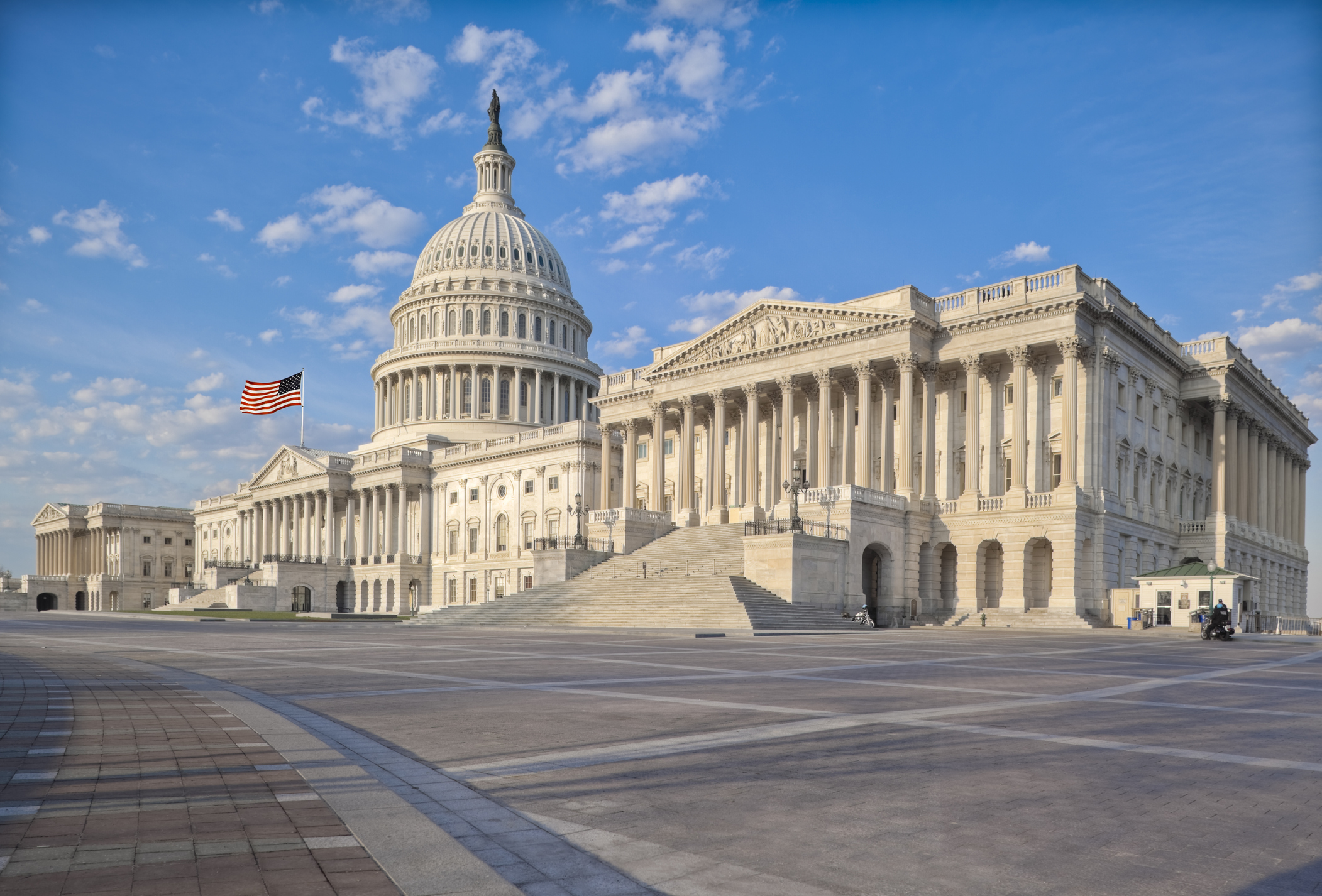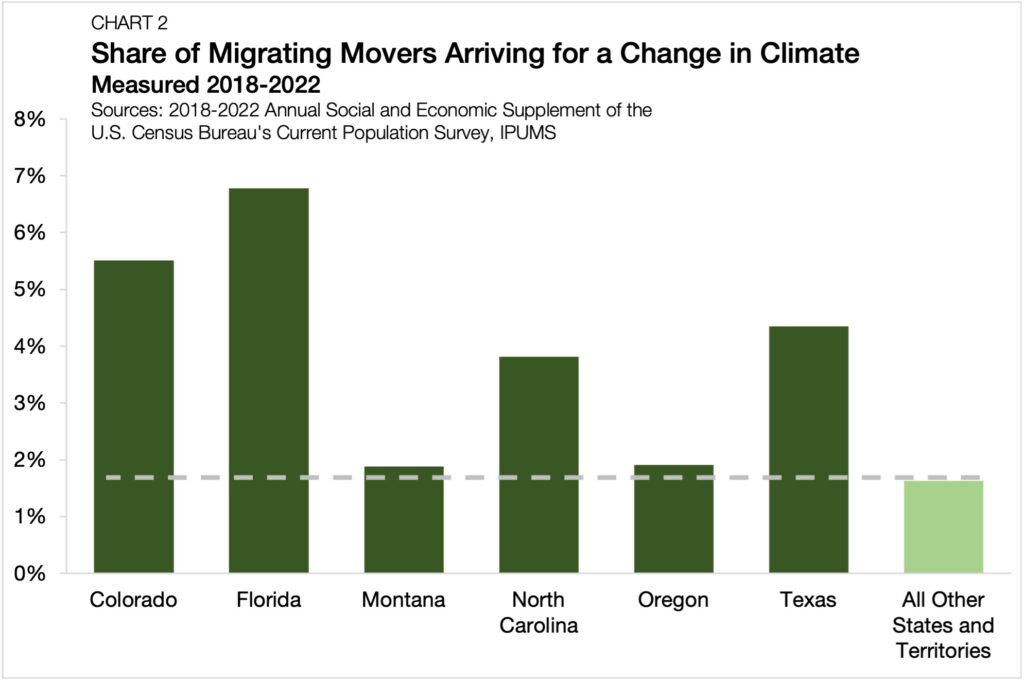Why U.S. Population Shifts Gave Greater Congressional Representation to Six States

- Six states will send additional members of Congress next year, reflecting population changes during the 2010s.
- Moving to a new state for a new job or a job transfer is the single most cited reason for individuals moving to the states that will pick up seats in Congress.
- The six congressional seat-gaining states have higher shares of movers seeking a change in climate than the rest of the country, benefiting Florida and Colorado.
When Americans go to the ballot box on November 8, the congressional map will look slightly different than it has for the past decade. Following the results of the 2020 Census, congressional seats were rebalanced to reflect population change. In total, six states picked up seats in the House of Representatives. Colorado, Florida, Montana, North Carolina, and Oregon each gained one seat and will send an additional representative to the next session of Congress. Meanwhile, Texas, which saw its resident population swell by four million people since the last Census, picked up two additional representatives.
The results of the last five years (2018-2022) of the U.S. Census Bureau’s Current Population Survey ASEC[1] explore the reasons households provided for moving to the six states that will be gaining more representation in Washington, D.C.[2]
If You Employ Them, They Will Come
For the six states that picked up a seat in Congress, all shared the same reason: the labor market. In the past five years, a whopping 898,412 people have moved to Texas alone for a new job or job transfer, accounting for 36.7% of incoming Texas movers (Chart 1).

The North Carolina labor market also stands out as a magnet for migrating Americans. An impressive 490,064 people have moved to the Tar Heel State for work in the past five years. Nationally, only Texas, California, and Virginia topped North Carolina. The attractiveness of North Carolina’s job market can be in part traced to the success of the Raleigh-Durham area, which received the second-highest “buy” rating of all metros in the 2023 ULI-PwC Emerging Trends in Real Estate Report, a testament to the market’s still unrealized growth potential.
Palm Trees and Parkas
The six states gaining congressional seats may have dramatically different weather patterns and terrains, but what unites them is that newcomers are attracted to their climates. The two states with the highest shares of these weather-seeking migrants were Colorado (5.5%) and Florida (6.8%), even though one is known as somewhere to find the snow while the other is a destination to escape it. North Carolina and Texas both saw shares in this category that more than doubled the share in all other states, coming in at 3.8% and 4.3%, respectively. Montana and Oregon had the lowest climate-driven-migrants share in the six relevant states at 1.9% each, though they still came in higher than the average measured across everywhere else. For the U.S. overall, only 1.6% of migrants reported moving for the climate.

Wanting More than Affordability
A dominant narrative for inter-state migration flows in recent years has been that young, newly formed households are relocating from pricey coastal markets to Sun Belt metros (including those in Florida, Texas, and North Carolina) in search of better, larger, and less expensive housing. While housing considerations are driving a sizable portion of movers, the trends observed in the U.S. Census Bureau’s Current Population Survey ASEC do not meaningfully differ from the rest of the country.
The survey tracks five housing-related reasons that respondents may give, which include wanting to own, better housing, better neighborhood, cheaper housing, or “other housing reason.” Housing (all reasons measured collectively) was the primary reason for 15.9% of moves into areas other than the six selected states (Chart 3). Three of the six states (Florida, North Carolina, and Oregon) had higher shares of housing-related shares reasons, albeit only marginally. Meanwhile, Colorado, Montana, and Texas all fell below the national average.

Until 2030
Following the results of the 2020 Census, a process known as “apportionment” rebalanced the House of Representatives, awarding six states a total of seven seats, while seven states lost a member of Congress. The current congressional map will remain in place until it is readjusted after the 2030 Census. As these findings have detailed, labor market outperformance and outdoor lifestyle amenities are some of the factors that have helped states attract new residents. With population growth slowing and work-from-home spreading, inter-state competition for residents is primed to accelerate in the decade ahead, giving states another chance to improve congressional representation.
[1] Annual Social and Economic Supplement
[2] Includes people arriving from other states and abroad.
Interested in the multifamily real estate investment market? Contact Arbor today to learn about our array of multifamily and single-family rental financing options and view our other market research and multifamily posts in our research section.

